How Small Law Firms Can Compete...
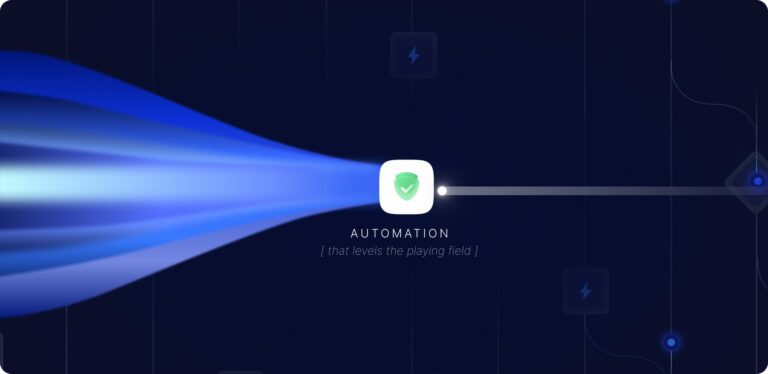
A few months ago, I spoke to a solo estate planner based in Denver. Her caseload had doubled in the past year—but her headcount hadn’t. “I can’t afford to hire another full-time paralegal,” she said, “but I also can’t keep working weekends.” That tension—between growth and capacity—is something I’ve heard from dozens of small firms. And that’s where automation changes the game. David vs Goliath, Rewritten For decades, big firms held the upper hand: deep pockets, large teams, and custom-built systems. But automation is rewriting that script—and small firms are finally getting the tools to fight back. Speed of service: Firms using document automation report up to 83% faster drafting times (Lawyaw.com). That means what took hours now takes minutes, giving small firms a serious edge in responsiveness. Fewer errors: Automated templates reduce manual input, helping firms cut drafting errors by 30% (RocketMatter.com). That’s more accuracy, fewer revisions, and less back-and-forth with clients. Better margins: Efficiency gains from automation drive profitability. Firms using end-to-end practice software report profit margins 20–30% higher than average—and some even hit 60% margins (Clio.com). Scalability: One small firm scaled revenue by 1,400% in just one year by aggressively automating their workflows...
Read more
Understanding the cp Command in Bash...

The cp command in Bash is used to copy files and directories from one location to another. Copy Command Syntax and Explanation The basic syntax of the cp command is: cp [OPTION]... SOURCE... DESTINATION SOURCE: The file or directory you want to copy. DESTINATION: The location where you want to place the copied file or directory. OPTION: Optional flags that modify the behavior of the cp command. Commonly used options include: -r or -R: Recursively copy directories and their contents. -i: Prompt before overwriting an existing file. -u: Copy only when the SOURCE file is newer than the DESTINATION file or when the DESTINATION file is missing. -v: Verbose mode, which shows the files being copied. -T: Treat the destination as a normal file. This is useful when you don’t want to create a new directory at the destination. -f: Force the copy operation by removing the destination file if it cannot be opened. Copying Files Example
Read more
ChatGPT Free for Millions of College...
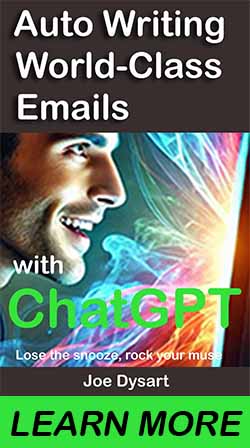
College students in the U.S. and Canada now have a standing invitation to try ChatGPT Plus — normally $20/month — gratis. The free ride, which lasts through May 31, should be a big hit with those in the university set, who are by far the number one users of ChatGPT. Observes writer Michael Nunez: “The education market represents a crucial battleground for AI companies. “According to OpenAI, over one-third of U.S. adults aged 18-24 already use ChatGPT — with approximately 25% of their queries related to academic work.” In other news and analysis on AI writing: *ChatGPT Now Interfaces With Your Company Data: Writers who use ChatGPT at work should appreciate this new perk: You can now link ChatGPT to your company’s internal database. Observes writer Emilia David: “ChatGPT Team users — one of the company’s paid tiers — can connect internal knowledge databases directly to the platform.” The advanced capability — fusing ChatGPT to business data — is the number one most requested feature from businesses, according to Nate Gonzalez, product leader, OpenAI. *ChatGPT Gets a Memory Boost: ChatGPT’s memory — which helps many writers by getting to know how and why they’re using ChatGPT — just got a...
Read more
Marek Rosa – dev blog: Marek’s...
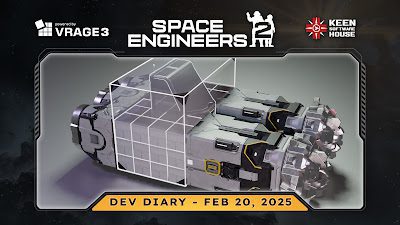
What is this Every Thursday, I will share a dev diary about what we’ve been working on over the past few weeks. I’ll focus on the interesting challenges and solutions that I encountered. I won’t be able to cover everything, but I’ll share what caught my interest. Why am I doing it I want to bring our community along on this journey, and I simply love writing about things I’m passionate about! This is my unfiltered dev journal, so please keep in mind that what I write here are my thoughts and will be outdated by the time you read this, as so many things change quickly. Any plans I mention aren’t set in stone and everything is subject to change. Also, if you don’t like spoilers, then don’t read this. Space Engineers 2 We’re building SE2 because we believe in the dream of the ultimate space-sim—one that goes beyond anything seen before. We want a game where engineering, survival, and combat truly matter, where every action has weight, and where players can shape their own destiny in a vast, living universe. SE1 was just the beginning. SE2 is our chance to push the boundaries—to create the space game we’ve...
Read more
#AAAI2025 workshops round-up 3: Neural reasoning...
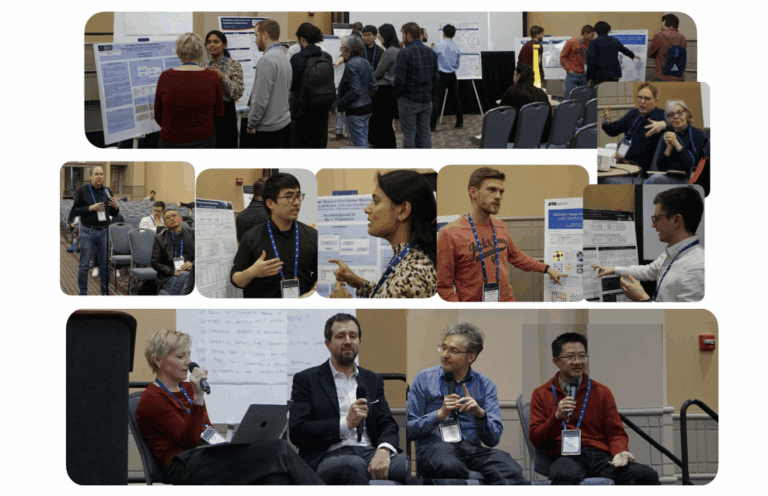
Images from the workshop on “Neural Reasoning and Mathematical Discovery – An Interdisciplinary Two-Way Street”. In this series of articles, we’re publishing summaries with some of the key takeaways from a few of the workshops held at the 39th Annual AAAI Conference on Artificial Intelligence (AAAI 2025). In this third round-up article, we hear from the organisers of the workshops on: Neural Reasoning and Mathematical Discovery – An Interdisciplinary Two-Way Street AI to Accelerate Science and Engineering Neural Reasoning and Mathematical Discovery – An Interdisciplinary Two-Way Street By Tiansi Dong Organisers: Challenger Mishra, Mateja Jamnik, Pietro Liò, Tiansi Dong. Recent progress in Sphere Neural Networks demonstrates various possibilities for neural networks to achieve symbolic-level reasoning. This workshop aimed to reconsider various problems and discuss walk-round solutions in the two-way street commingling of neural networks and mathematics. Some key takeaways from the workshop were as follows: Black-box neural networks can be successfully used to automatically raise mathematical conjectures and identities and generate new geometries. Irrelevant to the amount of training data, black-box neural networks cannot reach symbolic-level logical reasoning. Interdisciplinary approaches, from philosophy and neuroscience to mathematical modelling and artificial neural networks, can be successfully applied to scientific research, such as...
Read more
Did the first leader’s debate reignite...
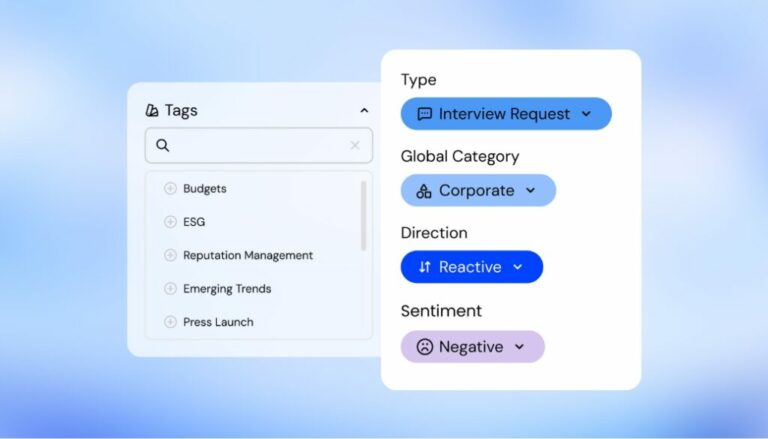
object(WP_Post)#8435 (24) { [“ID”]=> int(40160) [“post_author”]=> string(2) “36” [“post_date”]=> string(19) “2025-05-26 02:54:37” [“post_date_gmt”]=> string(19) “2025-05-26 02:54:37” [“post_content”]=> string(3706) “ Across the communications landscape, teams are being asked to do more with less, while staying aligned, responsive and compliant in the face of complex and often shifting stakeholder demands. In that environment, how we track, report and manage our relationships really matters. In too many organisations, relationship management is still built around tools designed for customer sales. CRM systems, built for structured pipelines and linear user journeys, have long been the default for managing contact databases. They work well for sales and customer service functions. But for communications professionals managing journalists, political offices, internal leaders and external advocates, these tools often fall short. Stakeholder relationships don’t follow a straight line. They change depending on context, shaped by policy shifts, public sentiment, media narratives or crisis response. A stakeholder may be supportive one week and critical the next. They often hold more than one role, and their influence doesn’t fit neatly into a funnel or metric. Managing these relationships requires more than contact management. It requires context. The ability to see not just who you spoke to, but why, and what happened...
Read more
AI that works for you: SAS...
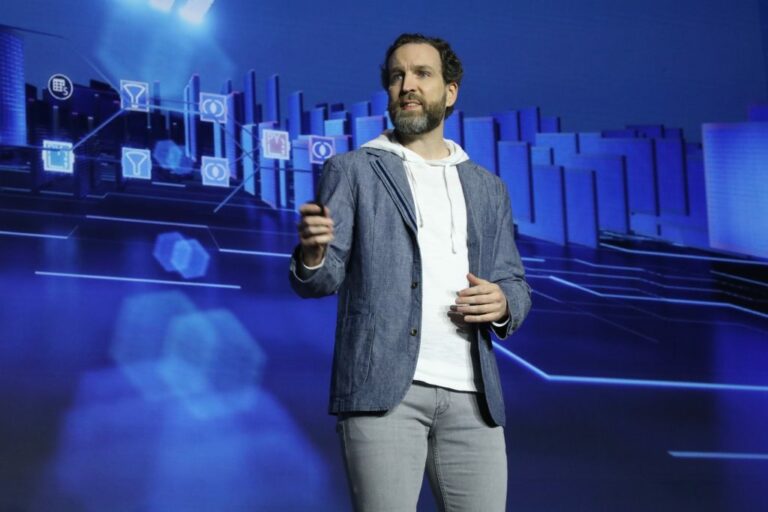
When most people think of AI, they picture futuristic technology taking over decision-making processes. But according to Jared Peterson, VP of Platform Engineering at SAS, the real value of AI isn’t replacing humans – it’s changing the way you work and run your organizations. Peterson’s presentation at SAS Innovate 2025 was a deep dive into how SAS is pushing the boundaries of productivity, innovation and AI to help organizations be successful. Through captivating demos and inspiring stories, he illustrated the powerful new tools and technologies that are reshaping industries. Here are five key takeaways that highlight the future of AI, data and innovation at SAS. 1. Innovation starts with real developer needs Innovation often comes from understanding real-world frustrations and it’s not always top-down. Peterson shared a powerful story about how SAS® Viya® Workbench came to be. The tool started as a developer’s solution for quickly scaling cloud-native computing. “Sometimes the best ideas don’t come from the top,” Peterson said, explaining that developers on the ground often spot solutions before anyone else does. A moment of frustration led to a breakthrough and that’s how SAS Viya Workbench evolved into what it is today. “Innovation and productivity go hand-in-hand.”— Jared Peterson...
Read more
How to automate data extraction in...
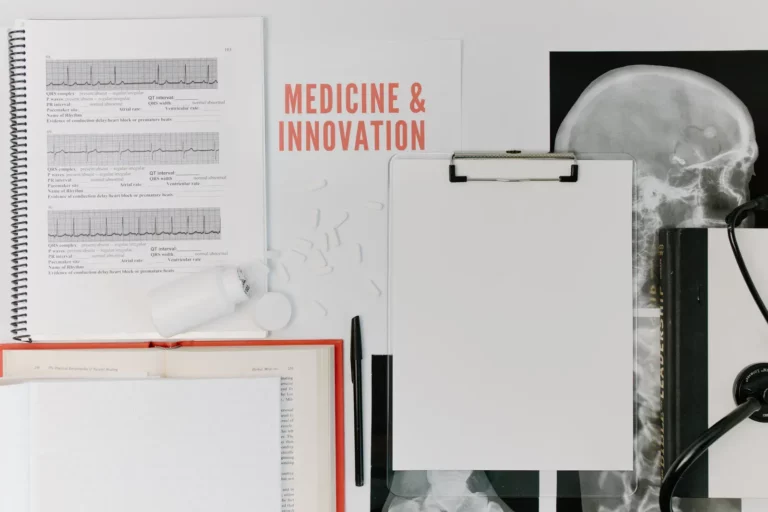
Healthcare data extraction remains a significant hurdle, with the sector requiring 7.7x more administrative workers than other industries. Automating healthcare data extraction can help organizations reduce operational spending and streamline their processes while improving patient care. Healthcare data extraction systems capture and extract crucial information from a range of healthcare documents—patient registration forms, insurance forms, lab results, billing information, regulatory compliance documents, and more. The extracted data is processed and neatly organized into structured formats. The result? Everyone in the healthcare ecosystem benefits: Doctors, nurses, administrative staff, billing departments, et al. Plus, being able to quickly access critical data will lead to smarter decisions across clinical, operational, and financial domains and help offer a better patient experience. This guide will help you quickly get up to speed with healthcare data extraction. We’ll show you how it’s transforming the entire healthcare ecosystem, its benefits, and practical steps to implement it in your organization. The current state of healthcare documentation Healthcare documentation is the backbone of patient care and organizational operations, but it’s also become a monster that’s eating up valuable time and resources. Over 71% of clinicians report feeling overwhelmed by the sheer volume of information available....
Read more
For Writers, ChatGPT-4o Still the Best...
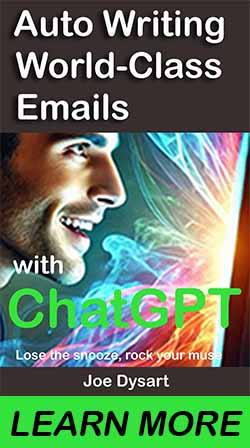
Despite a flurry of new AI engines just released by OpenAI, the current default engine for the chatbot – ChatGPT-4o – is still the best, overall solution for writing. That said, users may want to give the new OpenAI-o3 model a run if they’re looking for better reasoning and overall better performance when engaging in math, coding, science and other hard sciences. Ditto for OpenAI-o4-mini and OpenAI-o4 mini-high. Both are designed to be less expensive to run than OpenAI-o3, but are touted as nearly as good as Open-AI-o3. Plus, there is also a separate set of new AI engines – dubbed the GPT-4.1 family – also specially designed for help with computer coding. Last, but not least, there’s also a GPT-4.5, which is sometimes better for writing than ChatGPT-4o. But the AI engine is generally only available for limited use. In other news and analysis on AI writing: *ChatGPT Beats TikTok and Instagram in Downloads: In another popularity wars head-turner, ChatGPT became the most downloaded non-gaming app in March – beating-out TikTok and Instagram. Observes writer Sarah Perez: “This is the first time the app has topped the monthly download charts and ChatGPT’s biggest month ever. ”According to new data,...
Read more
Marek’s Dev Diary: March 6, 2025
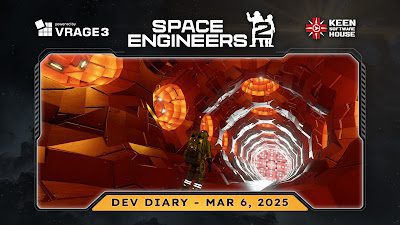
What is this Every Thursday, I will share a dev diary about what we’ve been working on over the past few weeks. I’ll focus on the interesting challenges and solutions that I encountered. I won’t be able to cover everything, but I’ll share what caught my interest. Why am I doing it I want to bring our community along on this journey, and I simply love writing about things I’m passionate about! This is my unfiltered dev journal, so please keep in mind that what I write here are my thoughts and will be outdated by the time you read this, as so many things change quickly. Any plans I mention aren’t set in stone and everything is subject to change. Also, if you don’t like spoilers, then don’t read this. image credits: arturkandla Space Engineers 2 Target-based gyro – Almost complete, now we only need to polish the UI. This control system is inspired by War Thunder, where you see a cursor on screen, aim somewhere, and the ship rotates towards that direction. It feels remarkably good, actually much better than expected because we implemented a little trick that maintains aim while the ship rotates. We are also improving...
Read more
